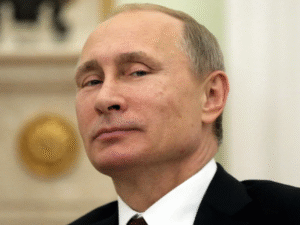#oil #crudeoil #energysector #oilprices #marketvolatility #US #Iran #geopoliticaltensions #trading #commodities #investing #globalmarkets
The global oil markets encountered a notable downturn, with U.S. crude oil prices dropping below the critical threshold of $71 per barrel. This latest fall marks a continuation of the sell-off trend that has been palpable within the energy sector for some time. Market analysts and investors have been closely monitoring the fluctuating dynamics, aiming to decipher the myriad factors contributing to this downward movement. Among the pivotal revelations affecting oil prices is the update that Israel has reportedly communicated to the U.S. its decision against striking Iran’s oil facilities, a development that plays a significant role in shaping geopolitical and market perceptions.
The background of this decision is deeply entrenched in the complex geopolitical landscape of the Middle East, where energy supply lines are often at the mercy of regional tensions. Israel’s communication to the U.S. may signal a de-escalation in immediate tensions concerning Iran’s oil infrastructure, which could have had severe implications for global oil supplies and prices had a different decision been made. This development, while mitigating one potential risk factor, underscores the intricate web of geopolitical dynamics that investors and policymakers must navigate in the energy sector.
This turning point in geopolitical stances occurs amidst a broader context of market volatility and investor anxiety over global economic prospects. Oil prices are particularly susceptible to shifts in geopolitical sentiment, as they can influence global supply chains and forecasting models. Industry experts suggest that the decision by Israel could temporarily stabilize fears surrounding supply disruptions, however, the market remains cautious. The intricate balance between supply and demand in the oil markets continues to be a focal point of concern, with global economic indicators, environmental policies, and technological advancements in alternative energy sources also playing critical roles in determining future trajectories.
Investors and market analysts are now recalibrating their strategies in light of these developments. With U.S. crude oil falling below $71 per barrel, attention is turning towards potential long-term influences on the energy market. The situation underscores the importance of geopolitical stability in key regions for maintaining market equilibrium. As stakeholders seek to navigate the uncertainties surrounding oil prices, the global energy landscape remains a testament to the complex interplay between economics, politics, and the environment. Industry watchers continue to keep a keen eye on these evolving dynamics, understanding that the energy sector is pivotal not only to global economies but also to geopolitical strategies and environmental sustainability efforts.







Comments are closed.